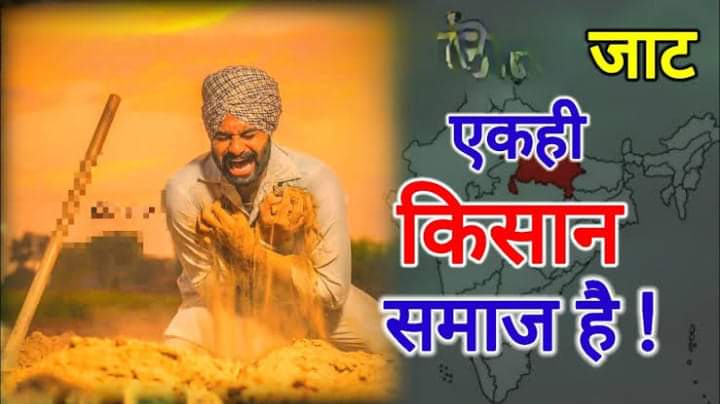How a single Community monopolized “Kisaan” politics?
In contemporary times, “stereotyping” has become the most exploited tool of propaganda. As a result of this, a particular community has been persistently projected as the only farmer community of the country and it is claimed that this particular community has a monopoly over farming.
How true or false this is, can be understood from the fact that after the Punjab Alienation of Land Act of 1901 passed by the British, some caste-groups were given a special status of agricultural tribe (Kisan community) and apart from these castes, no other caste-community (Brahmin, Khatri, Bania) could not buy or sell land.
Basically, these Notified Agricultural Tribes also became landowners, that too with the help of the British. Some of these caste groups attached themselves to this identity given by the British and their new leaders later started claiming to be the ‘only’ farmer community.
However, officially the British also declared many other groups like Kshatriya, Arai, Saini, Ahir, Bishnoi, Gujjar, Kainat, Labana, Rod, Taga, Mayo, Qureshi, Pathan, Baloch as ‘agricultural tribe’.
Notwithstanding the media-driven, cinema-driven and (now) academia-driven propaganda, farming in India has never been a monopoly of any one caste-group, neither it is today nor it will be in the future. True peasant leaders also never organized agriculture and rural society by linking them to any particular caste, however that scenario was massively altered in the past few decades as “Kisaan movement” has increasingly become disguise to further caste-supremacism and hegemony of the Jat community.

